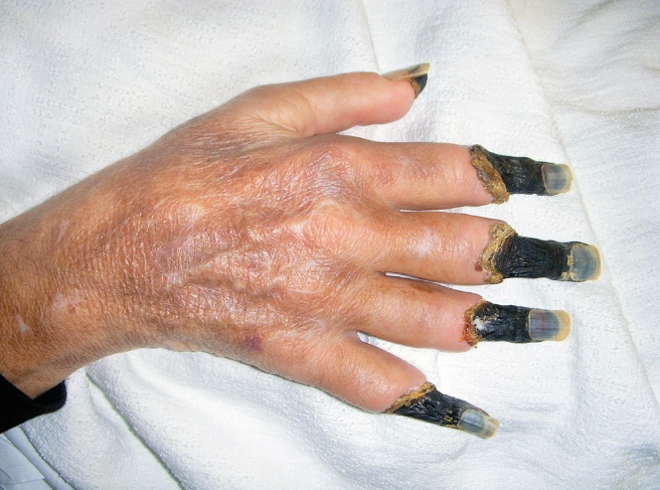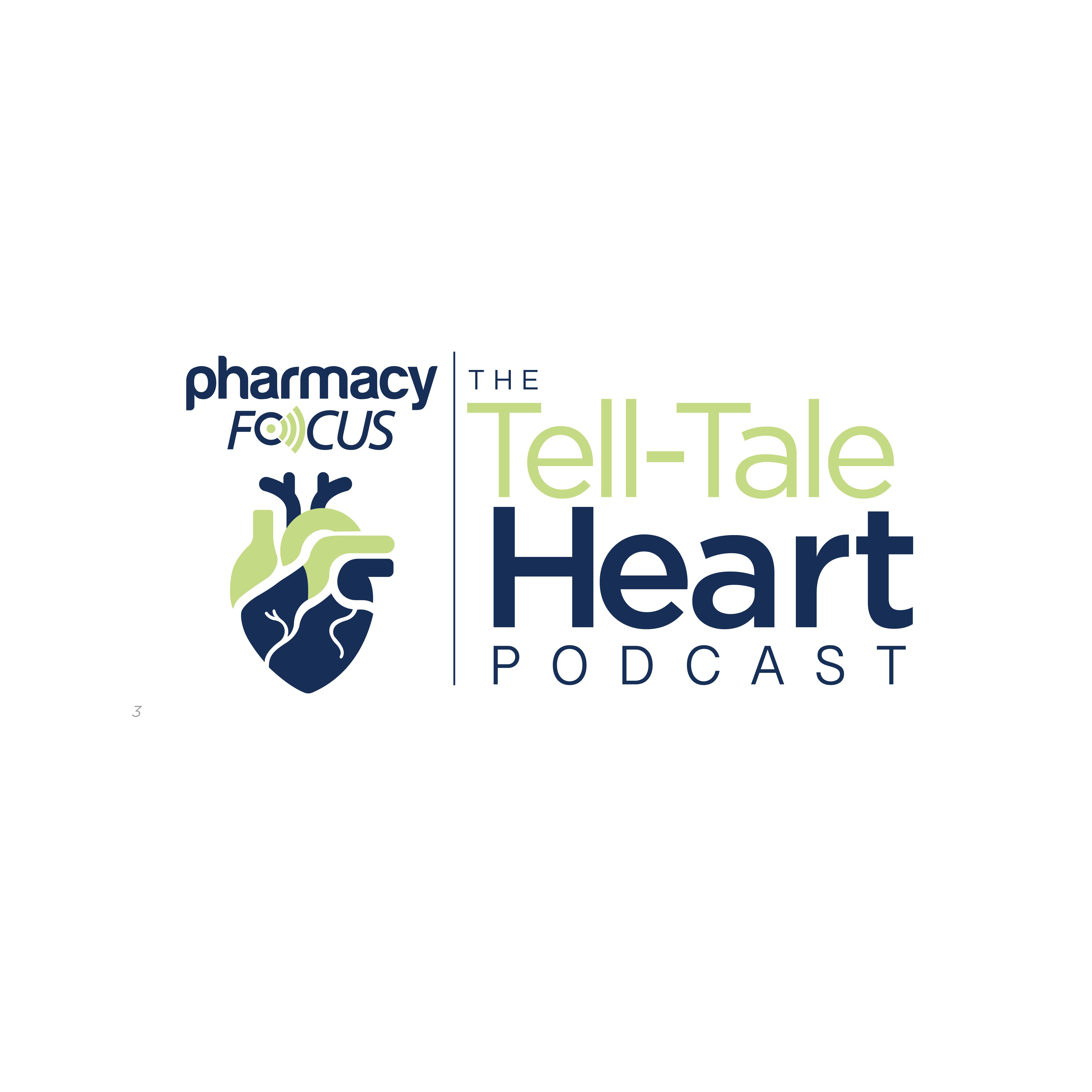Article
Pharmacy Clinical Pearl of the Day: Gangrene
Author(s):
Gangrene commonly affects the arms and legs, including the toes and fingers, but it can also occur in the muscles and in organs inside the body, such as the gallbladder.
Gangrene is death of body tissue due to a lack of blood flow or a serious bacterial infection.

Insight:
- Gangrene commonly affects the arms and legs, including the toes and fingers, but it can also occur in the muscles and in organs inside the body, such as the gallbladder.
- The risk of gangrene is greater if there is an underlying condition that can damage the blood vessels and affect blood flow, such as diabetes or atherosclerosis.
- Symptoms may include skin discoloration, swelling, blisters, sudden severe pain, foul smelling discharge, thin skin, and skin that is cold to the touch.
- Causes of gangrene include lack of blood supply to the area affected, infection, and traumatic injury.
- Types of gangrene include dry gangrene, wet gangrene, gas gangrene, internal gangrene, Fournier’s gangrene, and Meleney’s gangrene
- Risk factors include diabetes, blood vessel disease, smoking, immunosuppression, obesity, and drug use
- Treatments for gangrene include surgery (debridement, amputation, and skin grafting) to restore blood flow and remove dead tissue; antibiotics if there is an infection; and hyperbaric oxygen therapy.
References
Newsletter
Stay informed on drug updates, treatment guidelines, and pharmacy practice trends—subscribe to Pharmacy Times for weekly clinical insights.
Related Content






